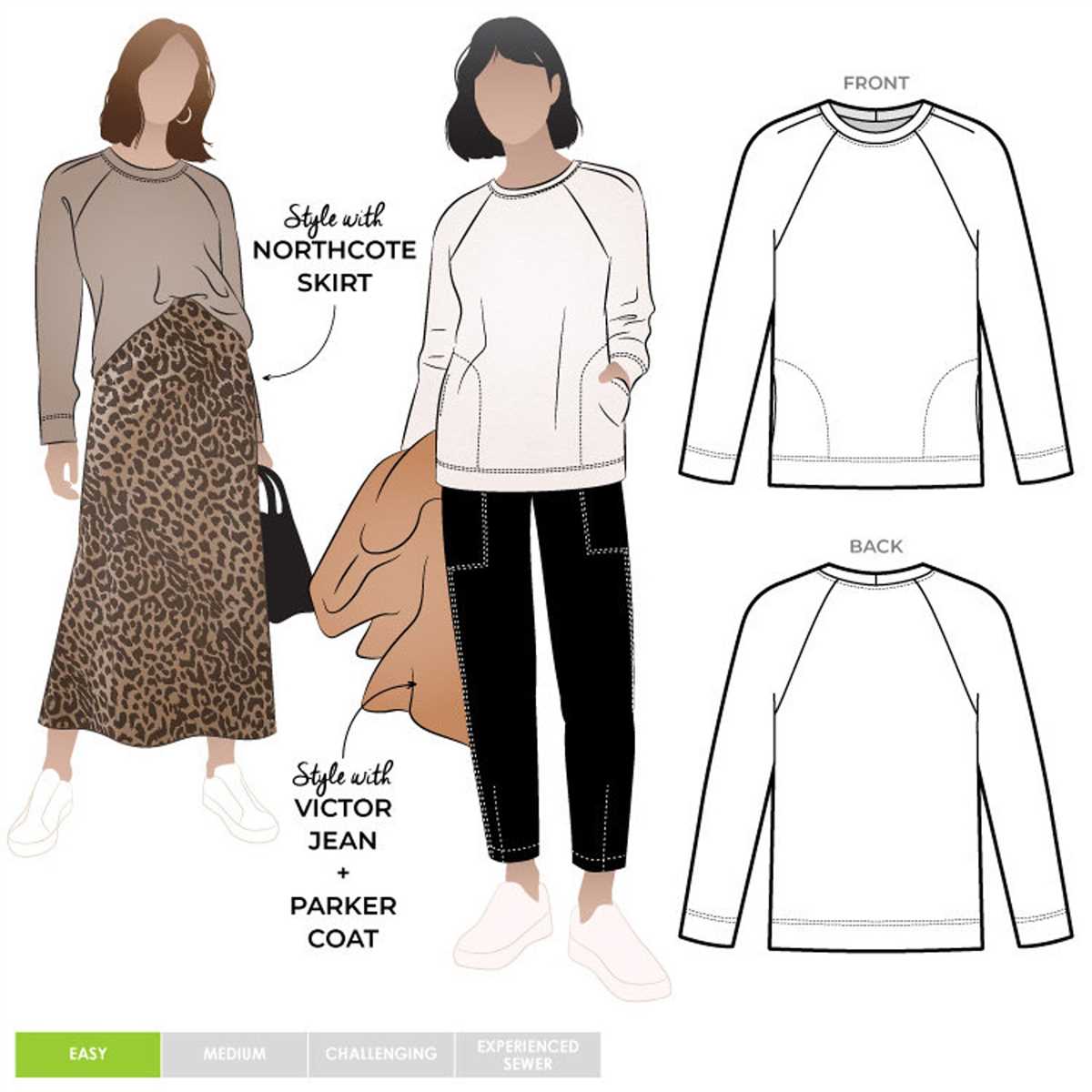
Knit sweatpants are a cozy and comfortable addition to any wardrobe. Whether you’re lounging at home or running errands, knit sweatpants provide the perfect combination of style and comfort. With their relaxed fit and soft fabric, they are a must-have for those looking for a versatile and effortless look. The best part is that you can make your own pair of knit sweatpants with a few simple steps!
Creating your own knit sweatpants allows you to customize the fit and style to your preference. You can choose your favorite yarn and color to match your personal taste. Additionally, knitting your own sweatpants gives you the satisfaction of creating something with your own hands.
This article will provide you with a step-by-step guide on how to knit your own sweatpants. We will cover everything from selecting the right yarn and needles, to casting on, knitting, and finishing the waistband and cuffs. Whether you’re a beginner or an experienced knitter, this pattern is suitable for all skill levels. So grab your knitting needles and get ready to create your new favorite pair of comfortable knit sweatpants!
Choosing the right yarn for your knit sweatpants
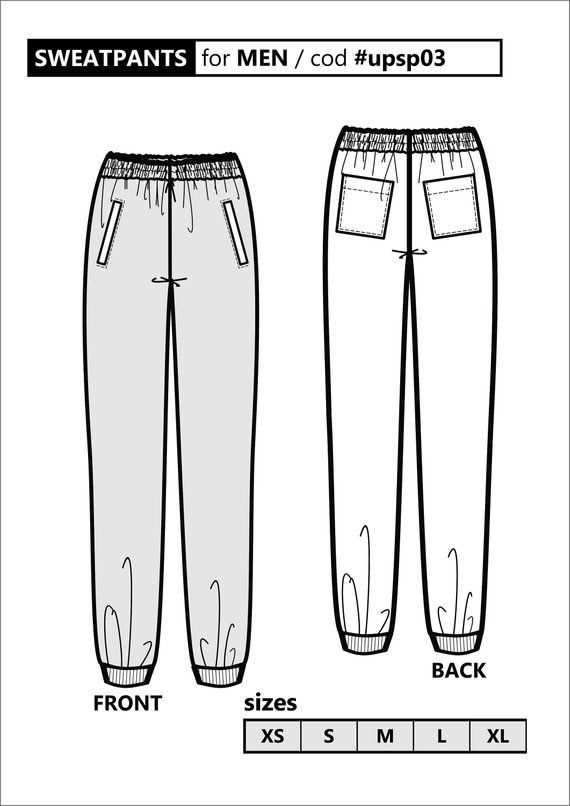
In order to create comfortable and durable knit sweatpants, it is important to choose the right yarn. The type of yarn you select will greatly affect the overall quality and feel of the finished product.
1. Fiber Content: When choosing a yarn for your knit sweatpants, consider the fiber content. Natural fibers such as wool, cotton, and bamboo are popular choices for sweatpants as they provide breathability, softness, and moisture-wicking properties. These fibers are also less likely to cause skin irritation or allergies. If you prefer a more sustainable option, you can opt for yarn made from recycled materials or organic fibers.
2. Weight: The weight of the yarn is another important factor to consider. For knit sweatpants, you will want a medium to bulky weight yarn in order to achieve a cozy and warm texture. These yarns are also typically more durable, making them suitable for regular wear and washing.
3. Stretch and Recovery: Since sweatpants are designed for comfort and movement, it is important to choose a yarn with good stretch and recovery. Look for yarns that have some amount of elasticity, such as those containing spandex or nylon blends. This will ensure that your sweatpants retain their shape and provide a comfortable fit.
4. Care Instructions: Consider the care instructions for the yarn you choose. Sweatpants are typically worn and washed frequently, so it is important to select a yarn that can withstand regular laundering. Look for yarns that are machine washable and preferably dryer-safe for convenience.
By taking these factors into account, you can select the perfect yarn for your knit sweatpants, ensuring a comfortable and long-lasting finished product.
Essential knitting tools for the sweatpants project
When embarking on a knit sweatpants project, it is essential to have the right tools to ensure a successful and enjoyable knitting experience. From casting on to finishing touches, here are some must-have tools for your sweatpants knitting project.
1. Knitting needles
The most basic tool for knitting, a set of knitting needles is an essential item for any knitting project. For sweatpants, you’ll want to choose a pair of circular needles in a size that works well with your chosen yarn. Circular needles are ideal for knitting large projects such as sweatpants, as they allow you to comfortably hold a large number of stitches.
2. Stitch markers
To keep track of your progress and help you identify stitch patterns, stitch markers are a must-have tool. Whether you’re knitting ribbing, cables, or any other textured stitches, stitch markers can help you easily spot where a pattern starts or ends. They can also assist you in evenly distributing increases or decreases throughout your sweatpants.
3. Yarn needle
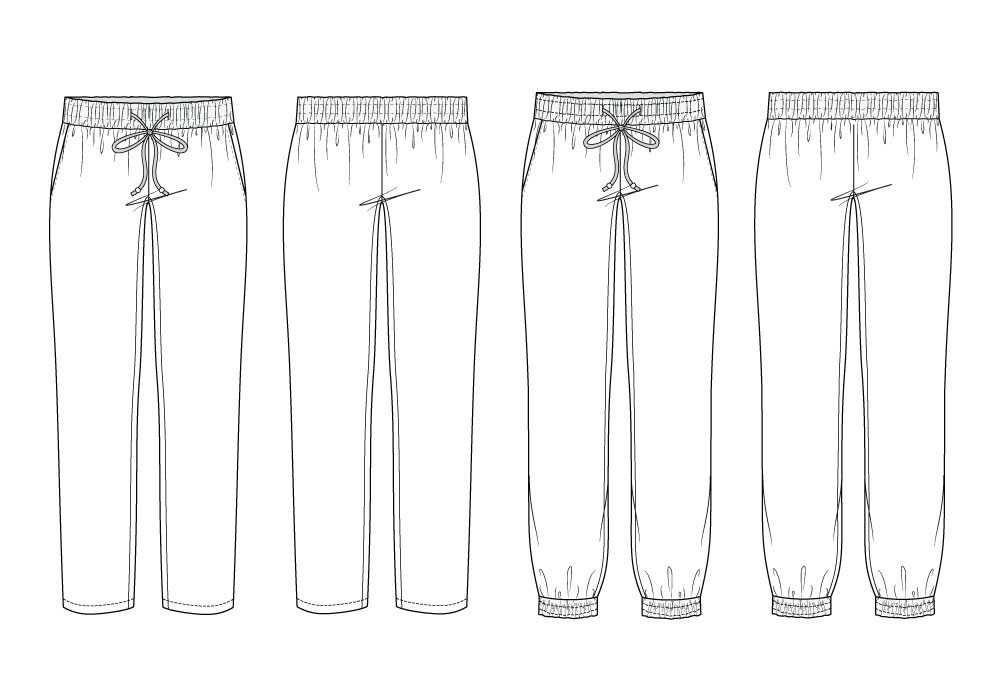
A yarn needle or tapestry needle is necessary for seaming your knit pieces together and weaving in loose ends. Sweatpants often involve sewing different sections together, such as the legs and waistband, so having a yarn needle handy is crucial for achieving professional-looking finished seams.
4. Row counter
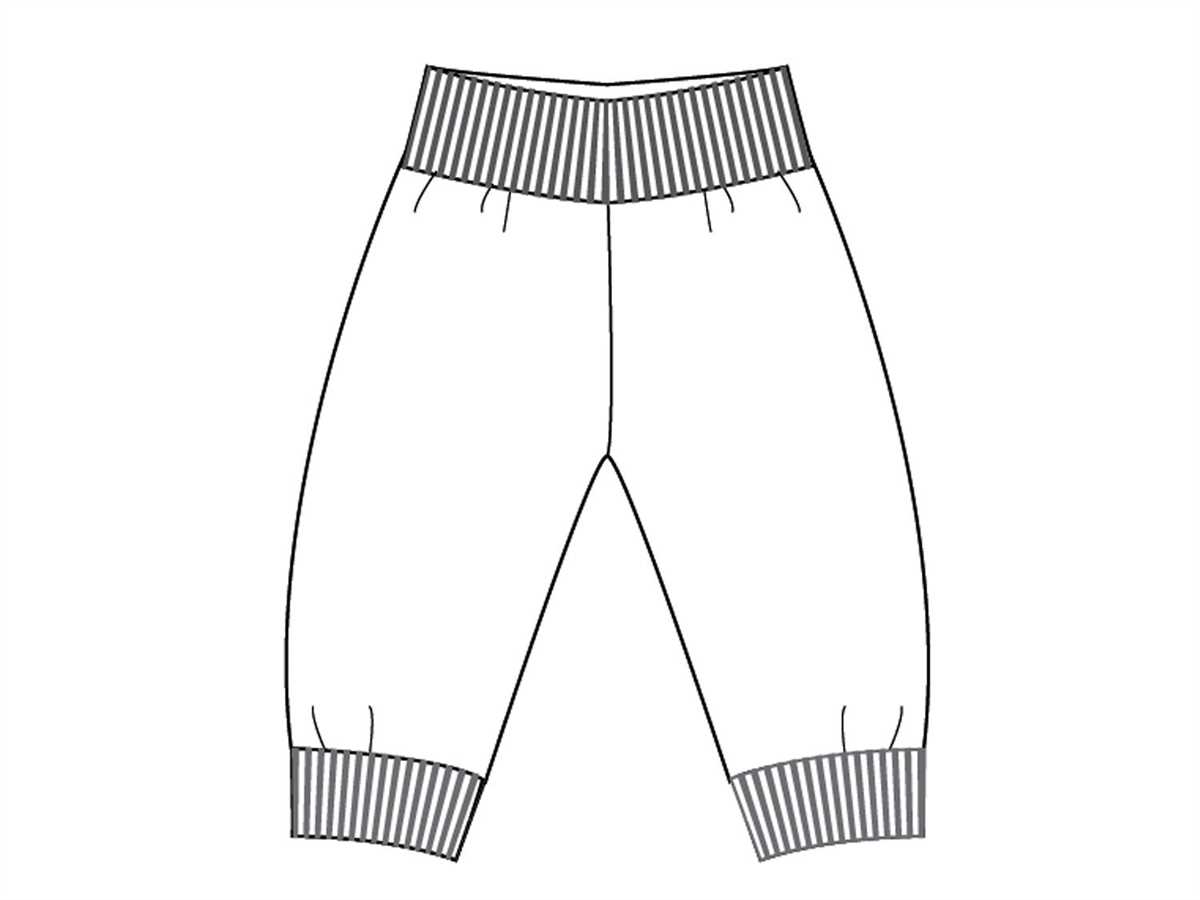
A row counter is an excellent tool for keeping track of rows and repeats in your pattern. It helps you stay organized and ensures that your sweatpants have a consistent length throughout. You can choose from mechanical row counters or digital options, depending on your preference.
5. Tape measure
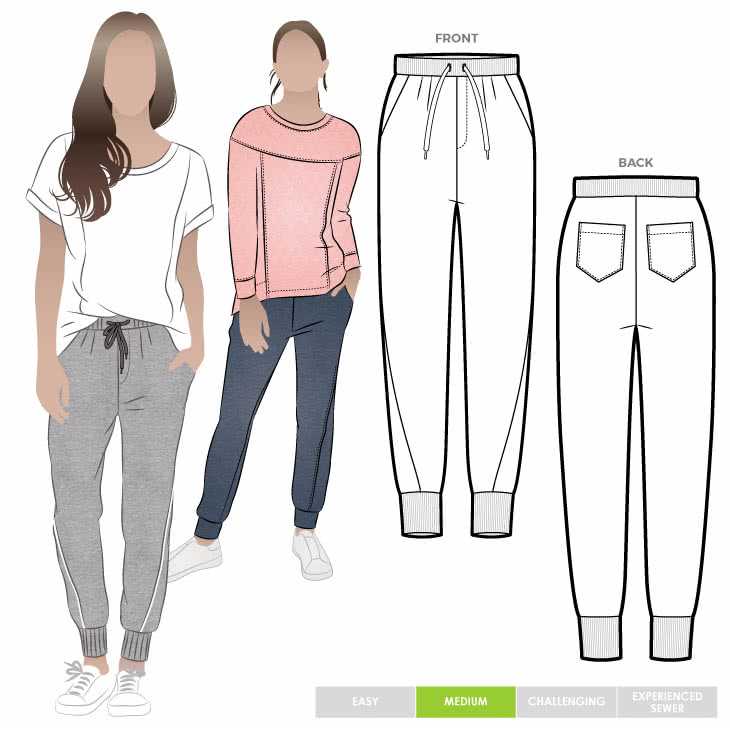
Accuracy is key when knitting sweatpants, especially when it comes to sizing and fitting. A tape measure is essential for taking measurements throughout your project to ensure the perfect fit. From inseam length to waistband circumference, a tape measure is your best friend for achieving a tailored final product.
6. Stitch holders
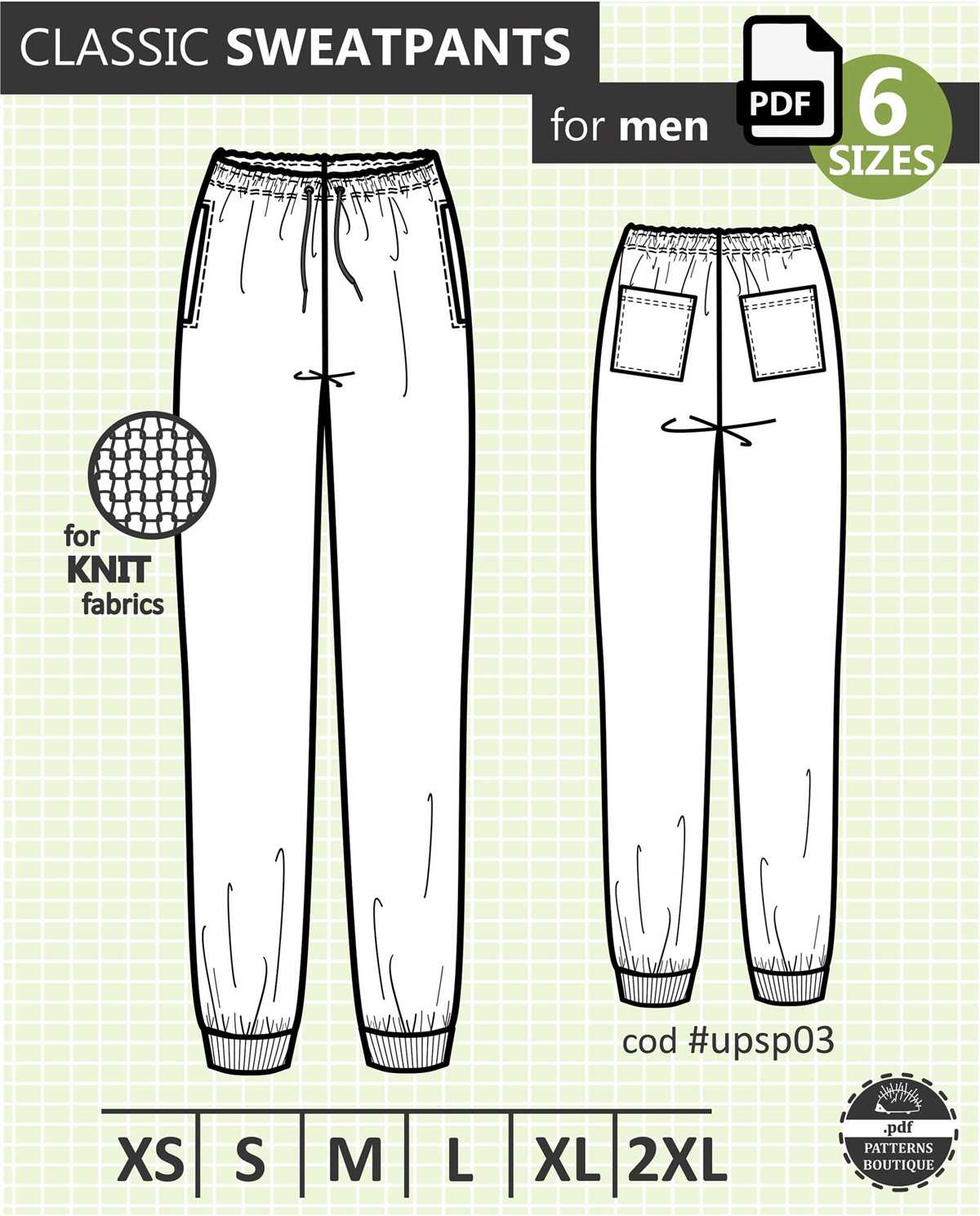
Stitch holders are useful tools for temporarily holding stitches. They come in handy when you need to set aside stitches for later use, such as when shaping the waistband or pockets. Stitch holders keep these stitches secure and prevent them from unraveling while you work on other sections of your sweatpants.
With these essential knitting tools at your disposal, you’ll be well-prepared to take on a knit sweatpants project. Remember to also gather your chosen yarn and pattern, and you’ll be on your way to creating cozy and stylish sweatpants that you can proudly wear or gift to someone special.
Understanding the basic stitches for knitting sweatpants
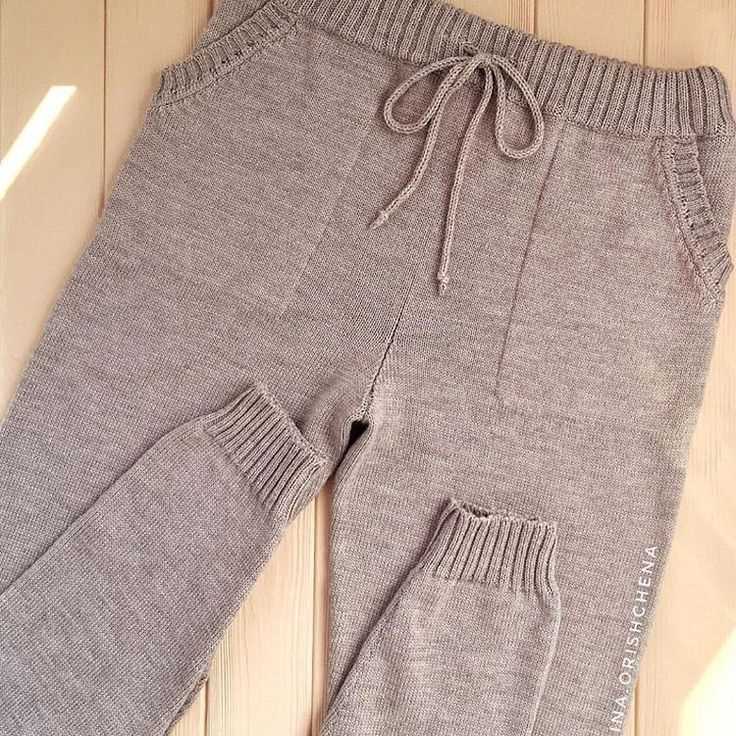
When it comes to knitting sweatpants, it’s important to have a good understanding of the basic stitches. These stitches will be the foundation of your project and determine the overall look and fit of the sweatpants.
One of the most commonly used stitches in knitting sweatpants is the stockinette stitch. This stitch creates a smooth, flat fabric with a distinct “v” pattern on one side and a ridged pattern on the other. To work the stockinette stitch, simply knit one row and purl the next row. Repeat these two rows until you reach the desired length for your sweatpants.
- Garter stitch: Another commonly used stitch in knitting sweatpants is the garter stitch. This stitch is created by knitting every row, resulting in a textured fabric with a series of ridges. The garter stitch is often used for cuffs, waistbands, and other areas where a tighter, more elastic fabric is desired.
- Ribbing: Ribbing is a type of stitch pattern that is frequently used in sweatpants to create stretchy cuffs and waistbands. It is typically a combination of knit and purl stitches, alternating in a specific sequence. The most common ribbing pattern for sweatpants is the 2×2 rib, which consists of two knit stitches followed by two purl stitches, repeated across the row.
- Cable stitch: For those looking to add some texture and design elements to their sweatpants, the cable stitch is a great option. This stitch involves crossing stitches over each other to create intricate cable patterns. While cable stitches may require some practice, they can add a unique and eye-catching detail to your sweatpants.
Overall, understanding these basic stitches will give you a solid foundation for knitting sweatpants. Whether you prefer a simple stockinette stitch or want to experiment with more complex cable patterns, these stitches will help you create a comfortable and stylish pair of sweatpants.
Creating the waistband for your knit sweatpants
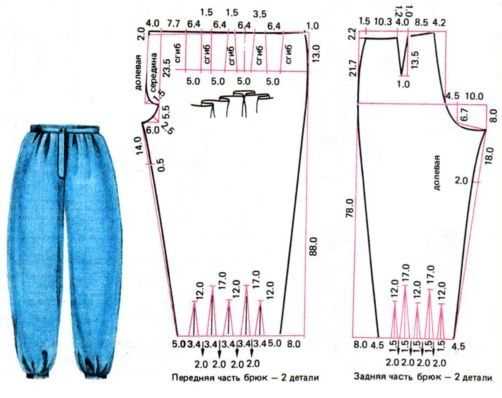
When it comes to making knit sweatpants, one important element to consider is the waistband. The waistband not only provides comfort and keeps the pants in place, but it also adds a stylish finish to your design. Here are some steps to help you create the perfect waistband for your knit sweatpants.
1. Measure and cut
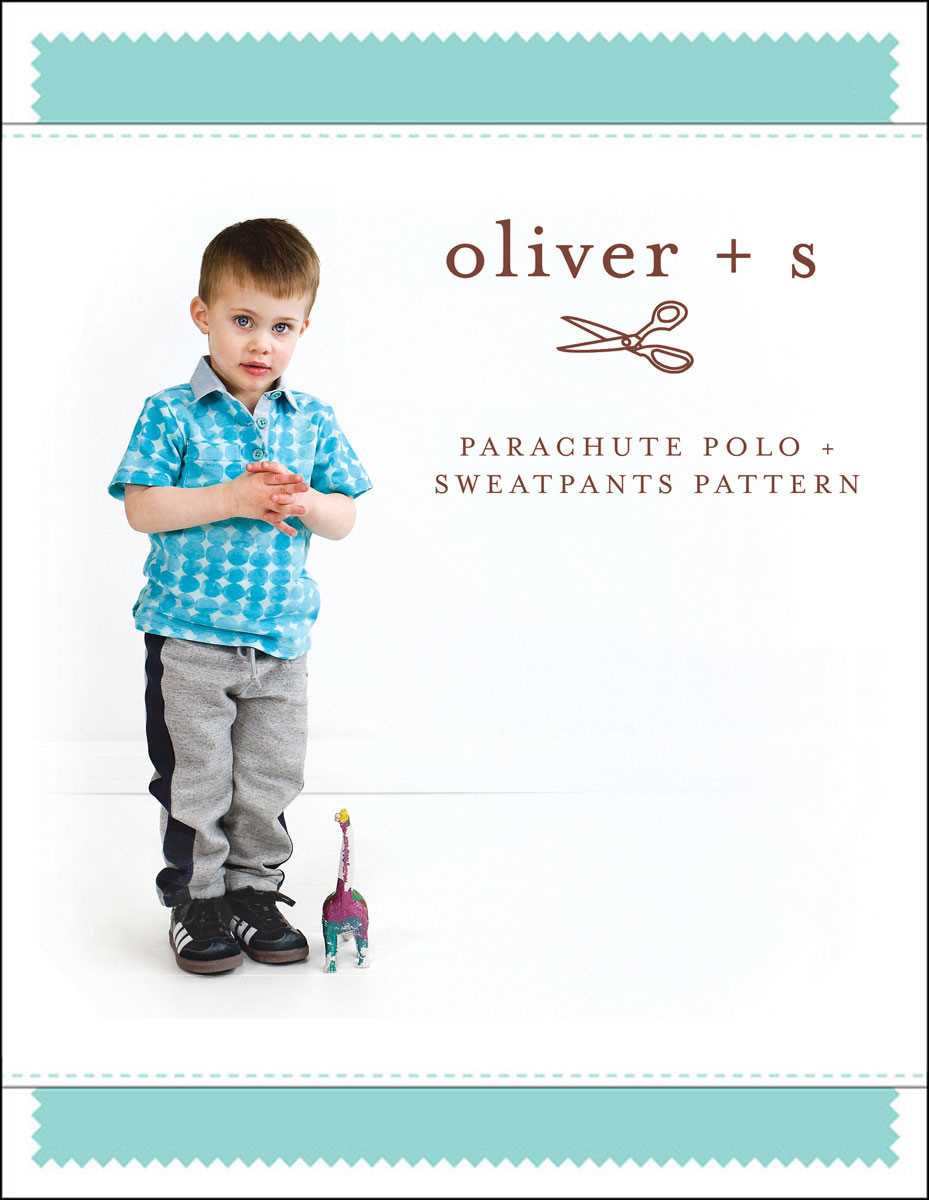
Start by measuring the circumference of your waist or hips, depending on where you want the waistband to sit. Add about 2 inches to this measurement to allow for stretch and seam allowance. Use a ruler or measuring tape to mark this measurement on the fabric and then cut a strip of fabric according to this measurement. The width of the waistband can vary, but a typical width is about 2-3 inches.
2. Fold and press
Take the strip of fabric and fold it lengthwise in half, with the wrong sides together. Use an iron to press the fold, creating a crease. This will ensure that the waistband maintains its shape and helps it lay flat against the body when worn. Pressing the fold also makes it easier to sew the waistband later on.
3. Attach to pants
Next, align the raw edges of the waistband with the top edge of your pants, making sure to evenly distribute any gathers or pleats if desired. Pin the waistband in place and then use a sewing machine or a serger to sew the waistband to the pants. Be sure to stretch the waistband slightly as you sew to match the circumference of the pants. Finish the raw edges with a zigzag or overlock stitch to prevent fraying.
By following these steps, you can create a comfortable and stylish waistband for your knit sweatpants. Experiment with different fabrics and techniques to achieve the perfect fit and look for your desired project.
Knitting the Body of Your Sweatpants
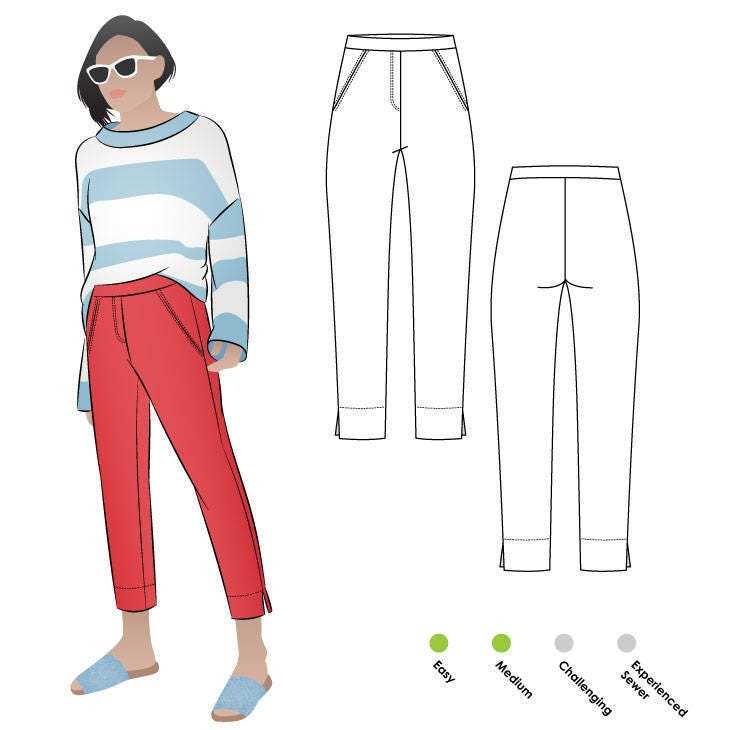
Once you have completed the waistband and the ribbing for the cuffs, it’s time to start knitting the body of your sweatpants. This is where the bulk of the work will be, as you will be knitting a large rectangular piece that will eventually be sewn together to form the legs of the sweatpants.
1. Measuring and Calculating
Before you begin knitting the body, you will need to measure the circumference of your waist and hips, as well as the length from your waist to your desired inseam. Using these measurements, you can calculate the number of stitches you will need to cast on.
For example, if your waist measurement is 30 inches and your hips measurement is 36 inches, you may decide to cast on 120 stitches to accommodate the widest part of your hips. You can then work decreases or increases as needed to taper the sweatpants towards the waist.2. Knitting the Body
Once you have determined the number of stitches to cast on, you can begin knitting the body of your sweatpants. You will continue knitting in your chosen stitch pattern (such as stockinette stitch or ribbing) until the length of the knitted piece matches your desired inseam length. This will typically be several inches shorter than your full leg length, as the cuffs will add additional length.
For example, if your desired inseam length is 30 inches, you may decide to knit the body to a length of 26 inches to account for the added length of the cuffs.
3. Shaping the Waist
If you wish to create a more fitted waist, you can gradually decrease the number of stitches as you approach the waist area. This can be done by knitting two stitches together at regular intervals, or by working specific decrease stitches, such as a centered double decrease.
For example, you may choose to decrease four stitches evenly spaced across the row at the beginning and end of each right-side row until you reach your desired waist circumference.
4. Binding Off
Once you have reached your desired length and waist circumference, it’s time to bind off your stitches. You can use a standard bind off method, or experiment with a stretchy bind off if you prefer a more flexible waistband.
For example, a popular stretchy bind off method is the Jeny’s Surprisingly Stretchy Bind Off, which involves a combination of yarn overs and knit two together stitches to create a flexible edge.
By following these steps, you can knit the body of your sweatpants with confidence, creating a comfortable and stylish garment that is customized to your measurements.
Adding pockets to your knit sweatpants
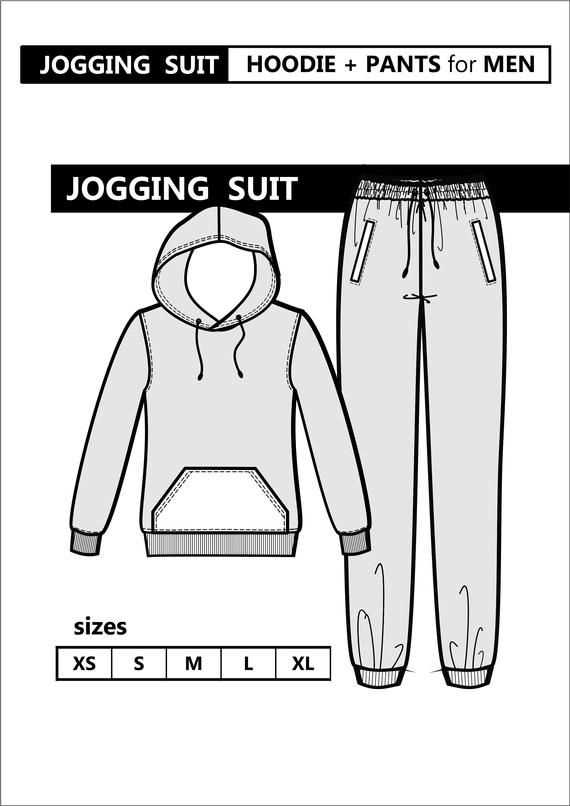
One of the great things about knitting your own sweatpants is the ability to customize them to your liking. Adding pockets to your knit sweatpants can be a functional and stylish addition. Here are a few tips and techniques to help you incorporate pockets into your project.
1. Determine the pocket placement: Before you start knitting, decide where you want your pockets to be located. Typically, pockets are placed on the front of the sweatpants, near the hips. Mark the desired location on your knitting pattern or make a mental note of it.
2. Choose a pocket style: There are various styles of pockets you can add to your knit sweatpants. Some popular options include patch pockets, inseam pockets, and kangaroo pockets. Consider the look and functionality you want, and choose a pocket style that suits your preferences.
3. Knit the pocket lining: To create a pocket, you’ll need to knit a separate piece for the pocket lining. This piece will be folded over and sewn onto the inside of your sweatpants. Follow a separate pattern or adjust your existing pattern to knit a piece that matches the dimensions and shape you desire for your pockets.
4. Attach the pocket lining: Once you have your pocket lining ready, lay it flat on the inside of your sweatpants, aligning it with the marked placement. Use a yarn needle or a crochet hook to carefully sew the pocket lining onto the sweatpants, making sure to securely attach all sides.
5. Complete the sweatpants: Continue knitting your sweatpants as per your pattern, making sure to incorporate the pocket lining. Remember to account for the additional stitches and adjust your pattern accordingly.
6. Finishing touches: After you have finished knitting your sweatpants, weave in any loose ends and give your project a good blocking. This will help shape and smooth out the fabric, ensuring that your pockets sit nicely on the finished garment.
By following these steps, you can easily add pockets to your knit sweatpants, enhancing their functionality and giving them a personalized touch. Enjoy the process of customizing your project and creating a unique pair of sweatpants that you’ll love to wear!
Shaping the leg openings for a comfortable fit
When knitting sweatpants, one important aspect to consider is shaping the leg openings for a comfortable fit. By properly shaping the leg openings, you can ensure that the sweatpants have a flattering and functional silhouette that is easy to wear.
To shape the leg openings, you can use various knitting techniques such as increases and decreases. These techniques allow you to add or remove stitches in a controlled manner, creating the desired shape and fit.
One common approach to shaping the leg openings is by gradually decreasing the number of stitches toward the ankle. This creates a tapered effect, which can enhance the overall look of the sweatpants and provide a snug fit around the lower leg.
Another technique is to incorporate ribbing or elastic bands at the hem of the leg openings. Ribbing adds stretch and elasticity to the fabric, allowing the sweatpants to comfortably hug the calves without feeling too tight or constricting.
If you prefer a looser or more relaxed fit, you can opt for a straight leg opening without significant shaping. This style is typically suitable for casual or loungewear sweatpants.
Remember to consult the pattern instructions or create a swatch to determine the appropriate number of stitches and shaping technique for your desired fit. Experiment with different techniques and adjust as needed to achieve the perfect fit for your knit sweatpants.
Knitting the cuffs for a polished finish
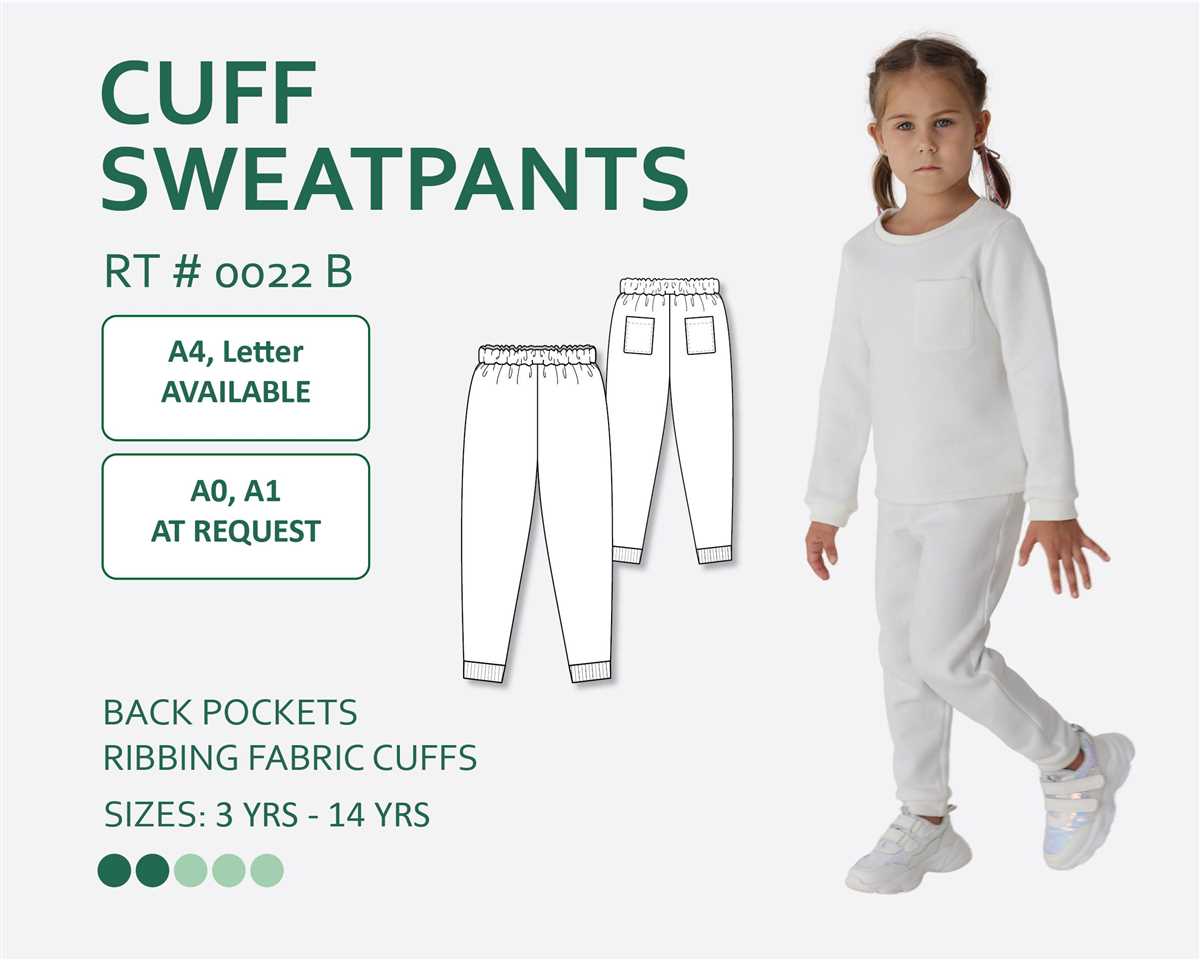
When knitting a pair of sweatpants, one of the key elements to focus on is knitting the cuffs. The cuffs not only provide a polished finish to the overall look of the sweatpants but also ensure a snug fit around the ankles, which is essential for comfort and style.
To knit the cuffs, start by selecting the appropriate yarn and needle size. It’s important to choose a slightly smaller needle size than what was used for the main body of the sweatpants to create a tight and sturdy cuff. Slip the stitches onto the smaller needles and begin knitting in the round.
Next, it’s time to decide on the length of the cuffs. This will depend on personal preference and the desired style. Some people prefer shorter cuffs that sit just above the ankles, while others prefer longer cuffs that can be folded over. Measure the circumference of the ankles and subtract a few inches to achieve the desired length.
Once the length is determined, it’s time to get started on the cuff pattern. A simple ribbed pattern, such as a knit 2, purl 2, or a knit 1, purl 1, can be used for a classic look. Alternatively, you can experiment with different stitch patterns or add decorative elements like cables or lace for a more intricate design.
Another important aspect to consider when knitting the cuffs is tension. It’s important to maintain an even tension throughout the cuff to ensure a neat and professional finish. Take your time and adjust your tension as needed to achieve the desired result.
- Finally, when you’re finished knitting the cuffs, you can choose to sew them directly to the main body of the sweatpants or attach them using a separate piece of fabric.
- Remember to weave in any loose ends and block the cuffs to give them a smooth and polished appearance.
- With careful attention to detail and proper technique, knitting the cuffs for your sweatpants will result in a polished finish that adds style and comfort to your finished garment.
Finishing touches: Adding drawstrings or elastic to your waistband
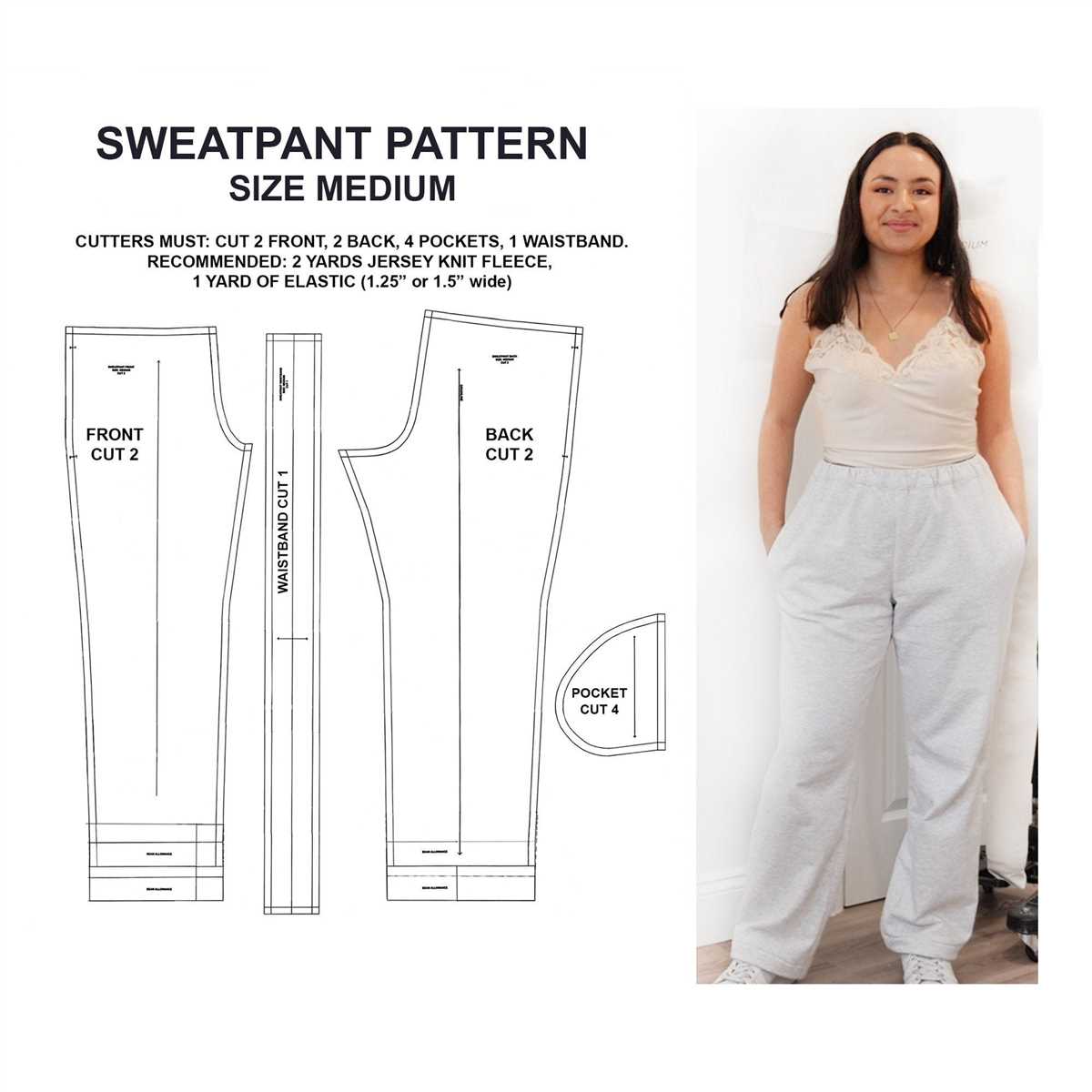
When it comes to finishing your knit sweatpants, one important detail to consider is the waistband. The waistband not only adds style but also helps to keep the pants in place. There are two common methods for adding drawstrings or elastic to your waistband.
Method 1: Adding drawstrings
To add drawstrings to your waistband, you will need to create two buttonholes, one on each side of the front waistband. This will allow you to thread the drawstring through the waistband and tie it to your desired tightness. To create the buttonholes, use a sewing machine or hand-sew them carefully. Make sure the buttonholes are large enough for the drawstring to pass through comfortably.
Once the buttonholes are in place, cut a piece of drawstring to your desired length. Thread one end of the drawstring through one buttonhole and bring it around the waistband to thread it through the other buttonhole. Adjust the drawstring to your preferred tightness and tie a knot at the ends to secure it. This method allows for easy adjustment and provides a stylish detail to your sweatpants.
Method 2: Adding elastic
If you prefer a more secure fit, adding elastic to your waistband is a great option. To do this, you will need to create a casing for the elastic. Fold the top edge of your waistband about 1 inch to the inside and press it with an iron to create a clean edge. Sew along the folded edge, leaving a small opening to insert the elastic later.
Cut a piece of elastic to your waist measurement minus 1-2 inches, depending on your desired fit. Attach a safety pin to one end of the elastic and thread it through the casing, making sure not to twist it. Once the elastic is threaded all the way through, overlap the ends and sew them securely. Close the opening in the casing, and your knit sweatpants are now complete with a comfortable and adjustable elastic waistband.
Tips and Tricks for Achieving the Perfect Fit
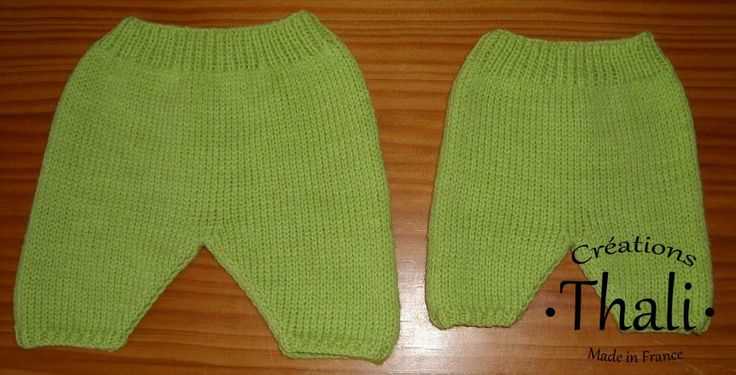
When knitting your own sweatpants, achieving the perfect fit is crucial. Here are some tips and tricks to help you make sure your sweatpants fit just right:
1. Take accurate measurements
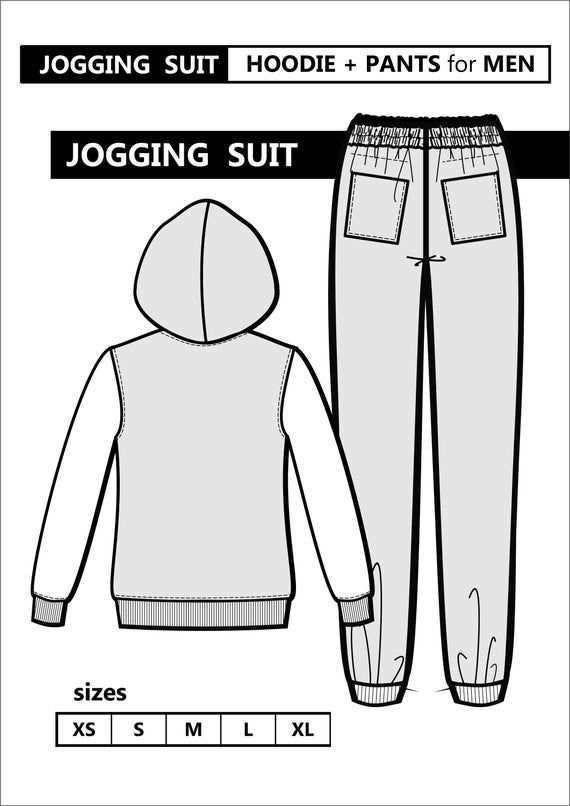
Before you start knitting, take precise measurements of your waist, hips, inseam, and leg length. This will ensure that your sweatpants will fit you well and be comfortable to wear.
2. Swatch and adjust your gauge
Every knitter knits at a slightly different tension, so it’s important to make a swatch and adjust your gauge as needed. Follow the pattern’s recommended gauge and adjust your needle size if necessary to achieve the correct number of stitches per inch. This will help your sweatpants maintain their shape and fit properly.
3. Customize the length
If you prefer a specific length for your sweatpants, you can easily customize it. Measure the desired length from your hip to the desired hemline, and adjust the pattern accordingly. Remember to take into account the ribbed waistband and cuffs when calculating the overall length.
4. Use a stretchy cast-on and bind-off
For a comfortable fit around your waist and ankles, use a stretchy cast-on and bind-off method. A popular option is the long-tail cast-on and the stretchy sewn bind-off. These techniques will ensure that your sweatpants have enough stretch but still retain their shape.
5. Consider ease and shaping
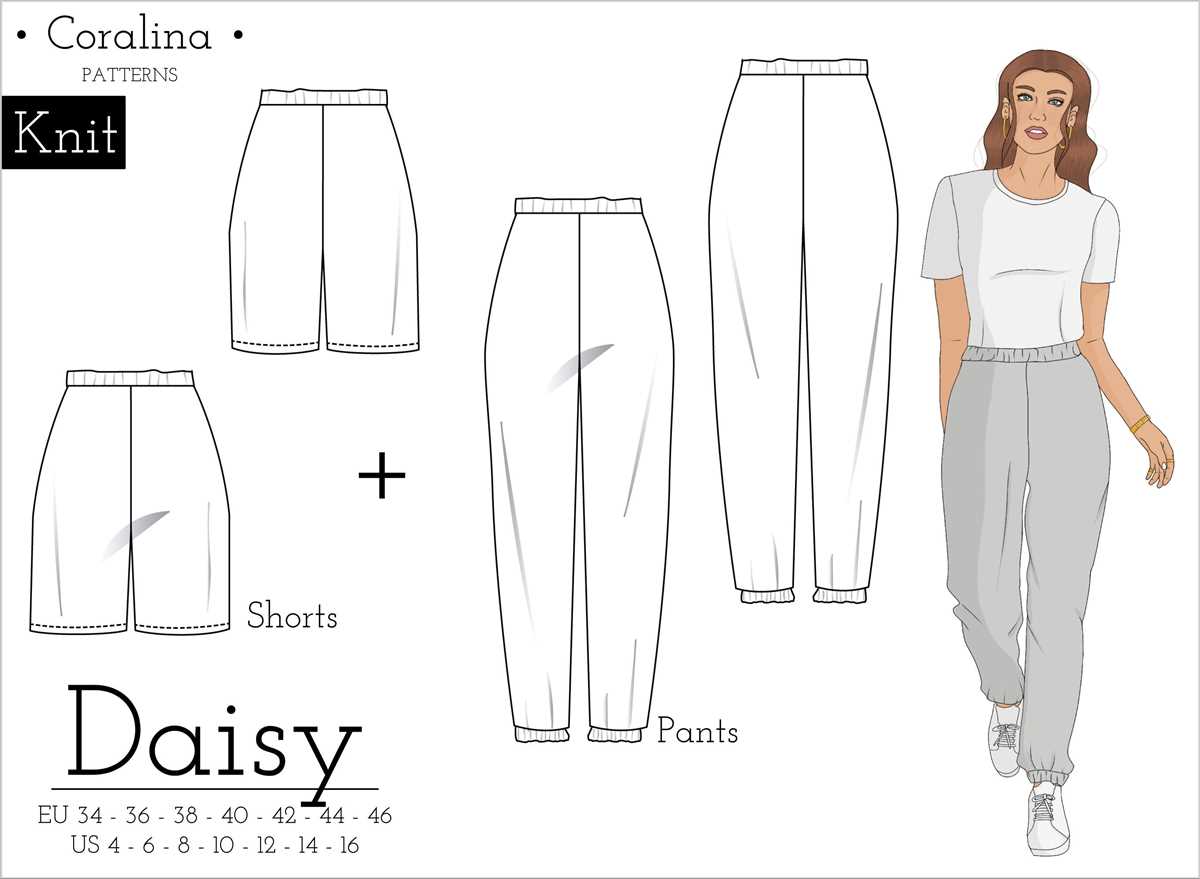
When knitting sweatpants, it’s important to consider ease and shaping. Choose a pattern that includes instructions for shaping the waist and hips to ensure a flattering fit. Additionally, consider whether you prefer a more relaxed or fitted style and choose a size or make adjustments accordingly.
6. Try them on as you go
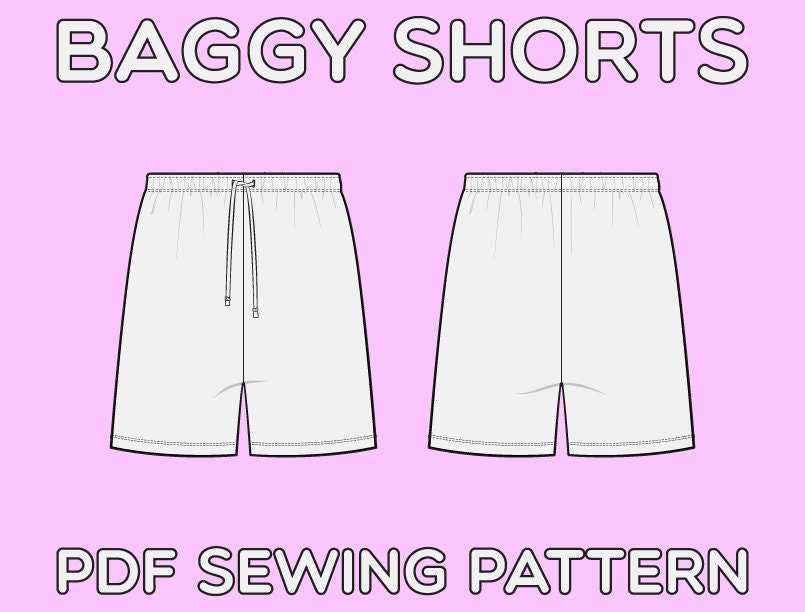
To ensure a perfect fit, try on your sweatpants as you progress in your knitting. This will allow you to make any necessary adjustments along the way, such as adding or removing rows to achieve the desired length or adjusting the fit based on how they feel when worn.
By following these tips and tricks, you’ll be able to achieve the perfect fit for your knit sweatpants and enjoy a comfortable and stylish finished garment.
Adding customization and personalization to your knit sweatpants
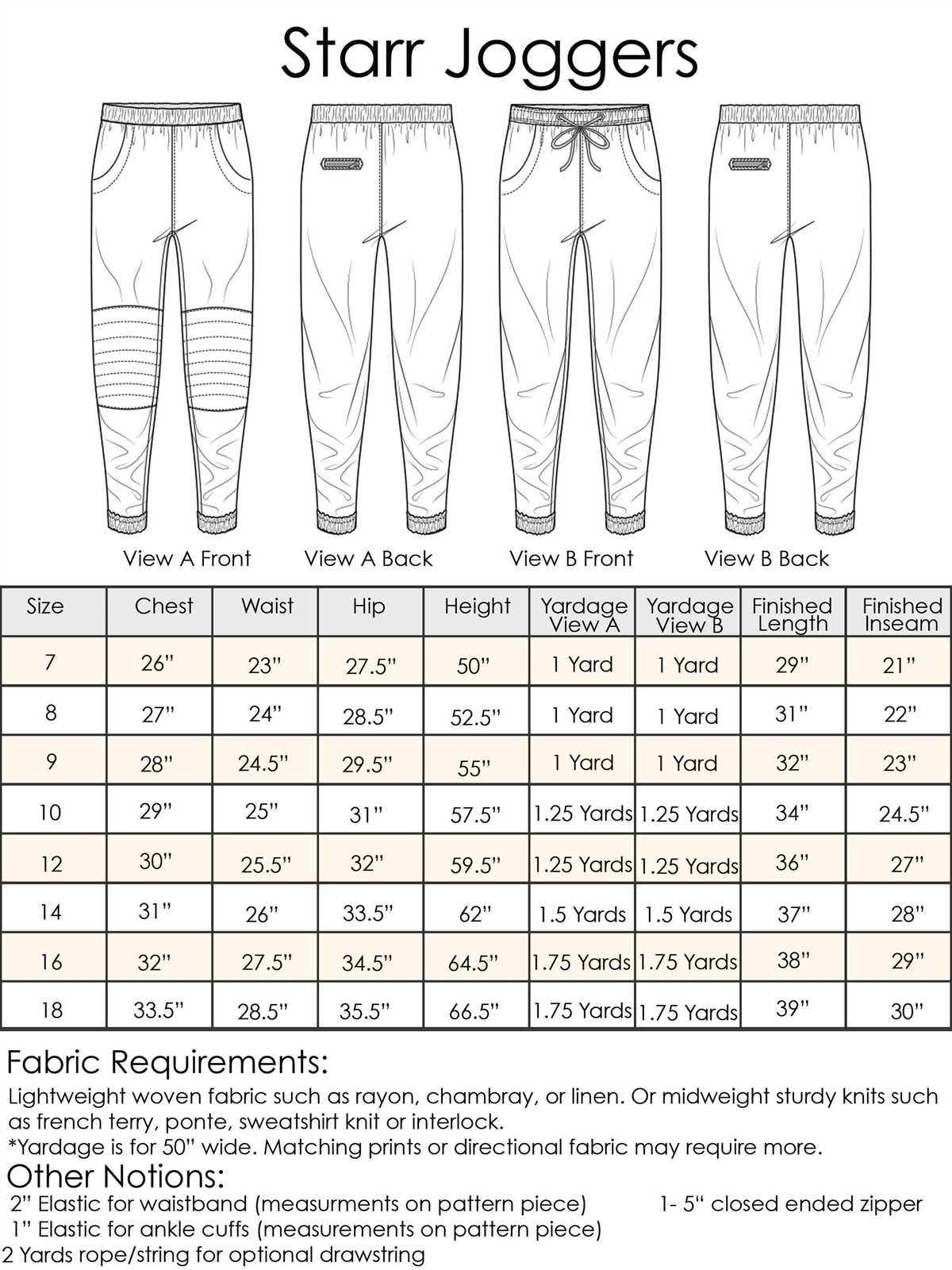
While knit sweatpants are comfortable and versatile on their own, adding customization and personalization can take them to the next level. There are many ways to make your sweatpants unique and truly reflective of your style and personality.
1. Embroidery: Embroidery is a great way to add a personal touch to your knit sweatpants. You can choose to embroider your initials, a favorite design, or even a meaningful quote. You can either do it yourself if you have embroidery skills or take them to a professional embroiderer.
2. Patches: If you prefer a more DIY approach, you can consider adding patches to your sweatpants. Patches can be sewn or ironed on and come in a wide variety of designs and styles. You can find patches that represent your favorite fandoms, bands, or causes.
3. Fabric paint: Fabric paint allows you to get creative and add custom designs to your knit sweatpants. Whether you want to create a unique pattern, a picture, or simply add some color, fabric paint gives you the freedom to do so. Just make sure to choose fabric paint that is suitable for knit fabrics.
4. Beading and sequins: If you want to add some sparkle and glamour to your sweatpants, consider attaching beads or sequins. You can create elaborate designs or simply add a touch of bling to the pockets or hems. Just remember to choose beads and sequins that are lightweight and won’t weigh down the fabric.
5. Custom waistband: Another way to customize your knit sweatpants is by adding a custom waistband. You can choose a contrasting fabric, add a drawstring or elastic, or even create a ruffled or lace waistband. This simple modification can make a big difference in the overall look and fit of your sweatpants.
Overall, adding customization and personalization to your knit sweatpants allows you to create a one-of-a-kind piece that reflects your individual style and taste. Whether you choose embroidery, patches, fabric paint, beading, or a custom waistband, the options are endless. Have fun experimenting and making your sweatpants uniquely yours!
Q&A:
What is a knit sweatpants pattern?
A knit sweatpants pattern is a set of instructions that guide you on how to knit a pair of sweatpants. These patterns typically include information on the required materials, knitting techniques, and step-by-step instructions on how to create the sweatpants.
What materials are needed to knit sweatpants?
To knit sweatpants, you will need yarn of your choice, knitting needles in the appropriate size, stitch markers, a tapestry needle for weaving in ends, and any additional embellishments you may want to add to your sweatpants.
Are there different patterns available for knit sweatpants?
Yes, there are various patterns available for knit sweatpants. You can find patterns in different styles, sizes, and levels of difficulty. Some patterns may have a more relaxed fit, while others may be more fitted. It’s best to choose a pattern that suits your preference and skill level.
Can I customize the knit sweatpants pattern?
Yes, you can customize the knit sweatpants pattern to suit your preferences. You can adjust the length, width, and fit of the sweatpants. Additionally, you can add pockets, drawstrings, or other design elements to make the sweatpants unique.
Where can I find knit sweatpants patterns?
You can find knit sweatpants patterns from various sources. Online platforms such as knitting websites, online marketplaces, and craft forums often have a wide selection of patterns. You can also check knitting books and magazines, or even create your own pattern if you’re experienced in knitting.